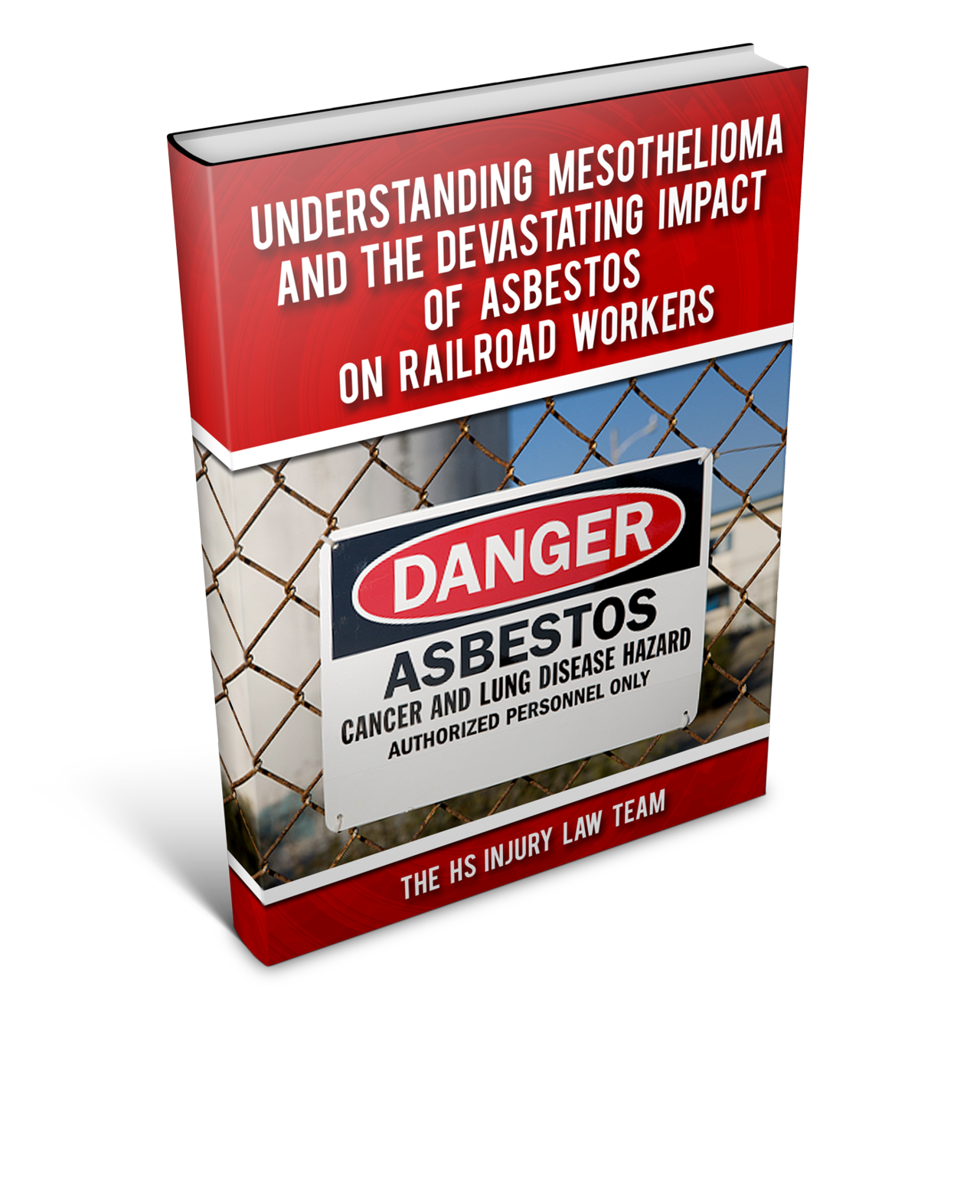 Note: This information on how personal injury attorneys handle cancer cases involving rail employees is adapted from railroad injury/FELA attorney Rick Shapiro’s July 2011 invited lecture to the American Association for Justice Railroad Law Section. Here, he shares his expertise on how railroad companies have legal responsibilities to meet and maintain industrial hygiene and safety standards, as well as to inspect their workplaces and work processes to ensure that their workers are protected against exposure to cancer-causing toxic substances. Rick has represented FELA plaintiffs for nearly 25 years and, in 1999, coauthored the American Jurisprudence Trials volume titled Railroad Health and Safety: A Litigator’s Guide.
Note: This information on how personal injury attorneys handle cancer cases involving rail employees is adapted from railroad injury/FELA attorney Rick Shapiro’s July 2011 invited lecture to the American Association for Justice Railroad Law Section. Here, he shares his expertise on how railroad companies have legal responsibilities to meet and maintain industrial hygiene and safety standards, as well as to inspect their workplaces and work processes to ensure that their workers are protected against exposure to cancer-causing toxic substances. Rick has represented FELA plaintiffs for nearly 25 years and, in 1999, coauthored the American Jurisprudence Trials volume titled Railroad Health and Safety: A Litigator’s Guide.
Before they begin deliberating on a verdict, members of state and federal court juries deciding on injury or wrongful death claims brought under provisions of the Federal Employers’ Liability Act, or FELA, often receive instructions that include some version of this statement: “A common carrier [railroad] must take reasonable precautions to protect its employees from potential harm. These precautions include making regular inspections of its property and equipment.” The language does not appear in the FELA statute, but courts — most notably in the Cazad v. Chesapeake and Ohio Railway Company, 622 F.2d 72, 75 (4th Cir. 1980) and the Barger v. CSX Transportation, Inc., 110 F.Supp.2d 648 (S.D. Ohio, 2000) decisions — have made it clear that companies such as Amtrak, CSX and Norfolk Southern have a duty to inspect workplaces and job procedures. The importance of alerting juries about this obligation to their employees is highlighted by the fact that many drafts of model FELA lawsuit jury instructions include a reminder about railroad’s duty to inspect.
Several types of inspections that rail companies must conduct fall into a category known as industrial hygiene and safety analysis. Historically, industrial hygiene has been defined as the identification, evaluation and control of toxic substances and harmful physical agents in the workplace. All companies have legal responsibilities to adhere to generally accepted principles of industrial hygiene. Pretty much everyone, including health professionals employed in the railroad industry, agree on the value of these baseline industrial hygiene principles, many of which predate modem governmental regulations, with a few having their origins in ancient Greece and Rome.
Railroads, however, have additional industrial hygiene rules they must follow and standards they must meet. This makes sense because working in rail yards, on tracks and in and around trains often puts rail employees at risk for being exposed to asbestos, cancer-causing diesel fumes and radiation. Inspections of railroad properties, equipment and procedures, therefore, must be thorough enough to verify and reaffirm that the company is following the rules and meeting the standards for protecting their workers from on-the-job exposures and occupational diseases.
Industrial hygiene and safety analyses should be designed to ensure that air monitoring equipment is capable of determining background levels and personal exposure to toxic substances, that workers and supervisors receive adequate and appropriate training and education, and that workers are using and have access to functioning respiratory equipment and protective clothing. A railroad also needs to make sure it has programs and technologies in place to ensure good hygienic work practices, medical surveillance, spraying of water or oil to keep dust down, and engineering controls such as enclosures and exhaust vents to limit workers’ exposures to harmful chemicals, radiation sources and fumes.
Dust control, through so-called “wet methods,” is particularly important in rail yards and on tracks. The railroad industry’s appreciation of the health risks dust posed to workers dates to the 1930s. During that decade, railroads used their professional society meetings to impart knowledge about dust hazards to their medical staffs. The most significant demonstration of this knowledge comes from the Proceedings of the Medical & Surgical Section of the American Railway Association, which was succeeded by the Association of American Railroads. The committee recommended several specific measures to protect workers from diseases associated with dust exposure, and these methods are recognized as best practices by industrial hygienists to this day.
A good way to illustrate the principles for dust abatement they developed is by quoting one set directly. As one committee report issued in 1933 notes, the most-effective strategies for controlling dust and reducing dust-related illnesses are to
- Educate all concerned;
- Get rid of dust;
- Sprinkle the working area with water;
- Have employees wear inhalers, and
- Have frequent analyses made of the dust content of air at different times during the working hours.